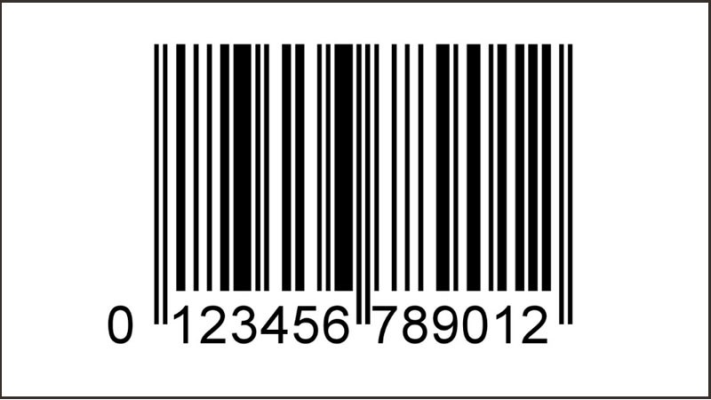In today’s modern world, barcodes have become an indispensable part of our lives, permeating every corner of economic and social activities. From large supermarkets to small grocery stores, from vast warehouses to book libraries, barcodes play an essential role in inventory management, payment processing, traceability, and enhancing operational efficiency. This article will provide you with a comprehensive overview of barcodes, including their definition, structure, working principle, and wide-ranging applications in daily life.
1.What is a Barcode?
A barcode is an optical symbol system that represents information in the form of parallel black and white bars of varying widths. The information encoded in a barcode can be product codes, prices, manufacturers, production dates, and more, enabling machines to read and decode it quickly and accurately.

2.Structure of a Barcode
A basic barcode consists of the following primary components:
- Quiet Zone: The white area located at both ends of the barcode, serving as a reference point for barcode readers to identify the start and end positions of the code.
- Data Area: Comprises the black and white bars that represent the information to be encoded.
- Check Digit: A sequence of bars used to verify the accuracy of the barcode when scanned by a reader.
3.Working Principle of a Barcode
Barcode readers employ a laser beam to scan across the barcode, capturing information about the width and position of the black and white bars. This information is then decoded into corresponding data using specialized software.
4.Applications of Barcodes in Daily Life
Barcodes are extensively used in diverse fields, offering a multitude of practical benefits, including:
- Inventory Management: Enabling businesses to effectively track, control, and manage inventory levels, minimizing errors and losses.
- Automated Payments: Facilitating quick and convenient payment processing for customers at stores and supermarkets by scanning product barcodes.
- Traceability: Empowering consumers to trace the origin of products, ensuring quality and food safety.
- Library Management: Streamlining the management of books and materials, saving time and effort for librarians.
- Postal Industry: Expediting the sorting and delivery of mail and parcels.
- Healthcare Industry: Enhancing the management of patient records, medications, and medical equipment, ensuring patient safety.
Conclusion
Barcodes stand as a testament to technological advancement, providing numerous practical benefits to society and contributing to enhanced operational efficiency across various sectors. With the continuous evolution of science and technology, barcodes will undoubtedly continue to play a pivotal role in information management, process automation, and improving the quality of our lives.
If you need professional quality control inspection services, contact VIS today! We ensure your product quality every step of the way!



Related Posts